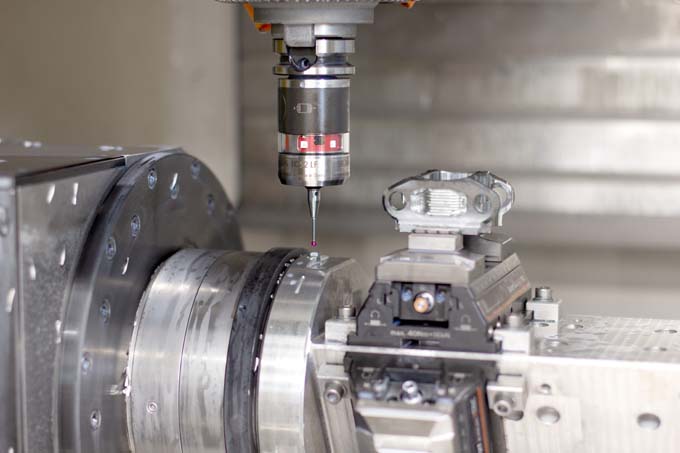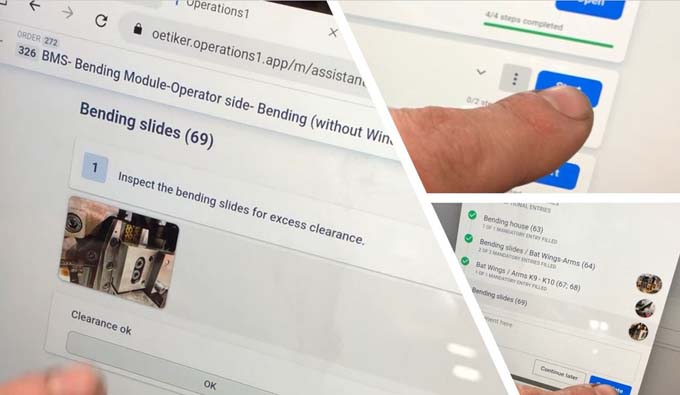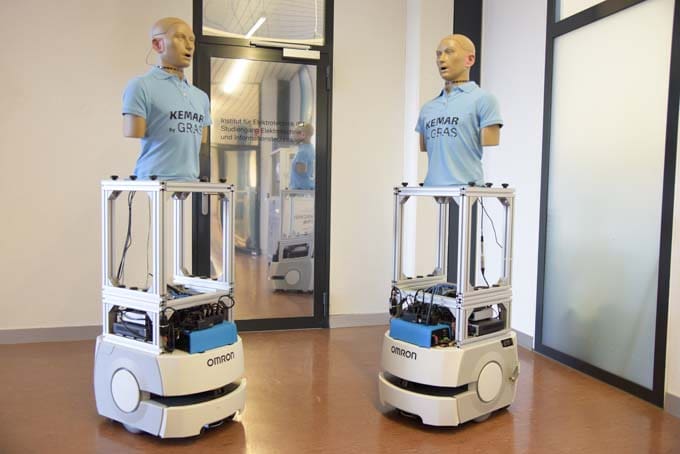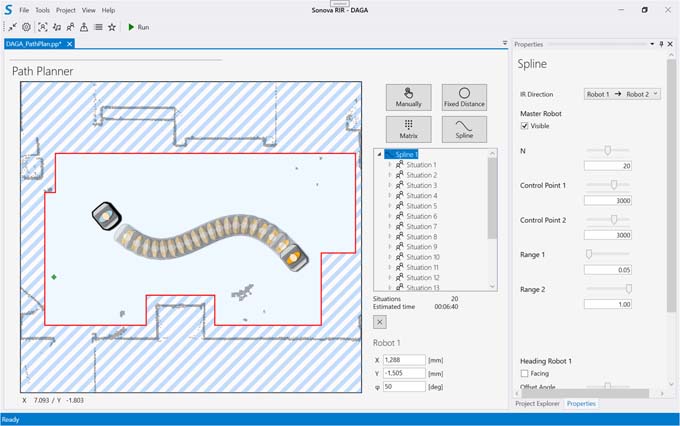Strategic recruitment in the financial sector 2024: focus on ESG, digitalization and personality
CFOs and hiring managers will continue to face challenges in 2024. The shortage of finance professionals continues. A new approach to the recruitment process is needed to counter this problem. Creating a future-proof finance department, regardless of its size, plays a crucial role in this.

Charlotte Jacobs, Senior Manager at Swiss recruitment specialist Robert Walters, explains existing trends that contribute to a robust recruitment and retention policy in the finance sector.
Finance controlled by real-time data
The move to automated finance processes places different demands on the skills within the finance functions. Charlotte particularly emphasizes the need for analytical skills: "Finance professionals must not only be proficient in setting up and monitoring financial automation, but also have in-depth knowledge of financial processes and be able to see the big picture."
Decision-making based on real-time data is crucial for companies to be able to act proactively in a rapidly changing environment. This requires an adaptation of the way finance works. Charlotte adds: "The ability to provide relevant information quickly and accurately and communicate it clearly is increasingly important for effective management."

ESG controller in high demand
In addition, the demand for environmental, social and governance (ESG) professionals is high as ESG reporting becomes mandatory. On January 1, 2024, the Swiss Federal Council's new ordinance came into force, which sets out new rules for the reporting obligations of large Swiss companies, banks and insurance companies with regard to climate reporting. The ordinance follows the trend of increasingly stringent European regulations on sustainability reporting and is intended to ensure further regulatory alignment with the EU. As a result, ESG is not only becoming an increasingly integral part of the CFO portfolio, but also within the entire organization.
"Sustainability is a concern that appeals to many professionals," explains Charlotte. "The position of ESG Controller, responsible for ESG reporting, provides a platform to channel enthusiasm for sustainability. In this role, you will analyze a diverse range of company data that is not limited to financial information."
For finance professionals, the role of ESG controller can be a refreshing career challenge. "The focus on data such as carbon emissions, ED&I, suppliers and sustainability, as well as setting up and implementing data analytics, makes the ESG profession attractive," Charlotte explains.
The future of the financial generalist
Although candidates with experience are still in demand at the Big 4, Charlotte recommends looking beyond the CV: "CFOs and hiring managers should focus on long-term goals. What will the finance team look like in five years, and who do we need to hire to realize that vision?"
Building a finance team that enables horizontal growth is crucial, according to Charlotte. "By training finance professionals broadly, you are not only safeguarding their careers, but also the business for the future. Investing in generalist skills can even lead to potential CFOs being identified within the existing team."
Source: www.robertwalters.ch



















